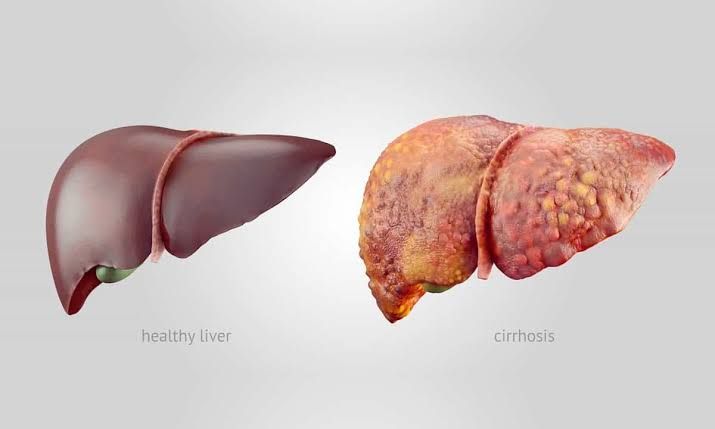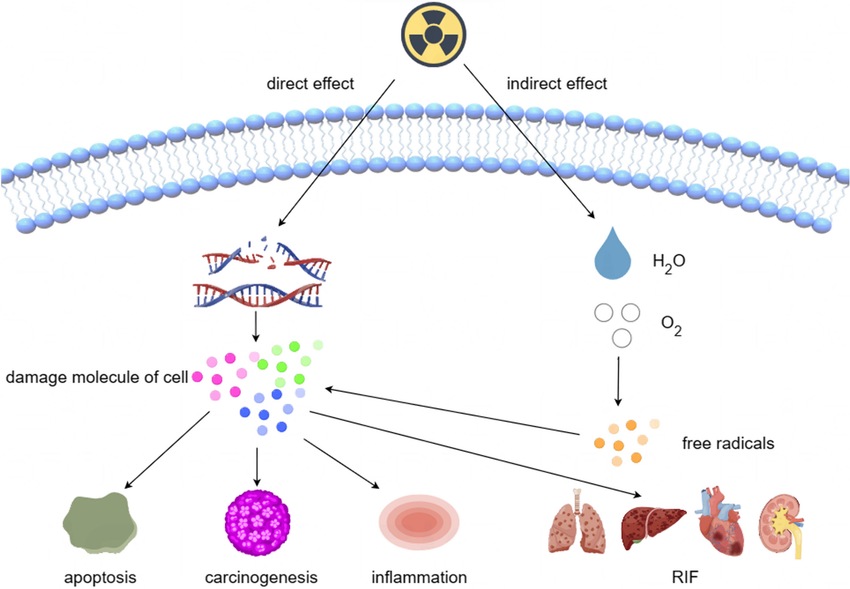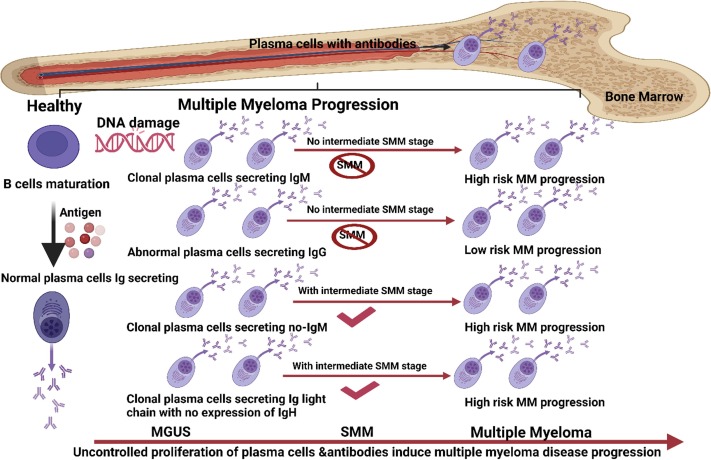
General Morphologic and Functional Patterns of Hepatic Injury
Introduction to Hepatic Injury
Hepatic injury refers to damage inflicted on the liver due to various factors, including toxins, infections, metabolic disorders, and trauma. The liver is a vital organ responsible for numerous functions, including detoxification, protein synthesis, and the production of biochemicals necessary for digestion. Understanding the morphologic (structural) and functional patterns of hepatic injury is crucial for diagnosing and managing liver diseases.
Morphologic Patterns of Hepatic Injury
- Cellular Changes:
- Hepatocyte Degeneration: One of the earliest signs of hepatic injury is hepatocyte degeneration. This can manifest as hydropic degeneration (swelling due to water accumulation) or fatty change (accumulation of fat within hepatocytes). These changes indicate cellular stress and potential cell death.
- Necrosis: In more severe cases, necrosis occurs where hepatocytes die due to irreversible damage. This can be focal (localized) or widespread, depending on the severity of the injury.
- Inflammation: Infiltration of inflammatory cells, particularly lymphocytes and macrophages (such as Kupffer cells), is a common response to liver injury. This inflammation can lead to further tissue damage and fibrosis.
- Fibrosis and Cirrhosis:
- Chronic hepatic injury often leads to fibrosis, characterized by excessive deposition of extracellular matrix components such as collagen. Fibrosis can progress to cirrhosis, where normal liver architecture is replaced by scar tissue, leading to impaired function.
- The presence of portal hypertension (increased blood pressure in the portal venous system) is a common consequence of cirrhosis.
- Regenerative Changes:
- The liver has a remarkable ability to regenerate after injury. Following necrosis or significant cell loss, surviving hepatocytes may undergo hyperplasia (increased cell proliferation) to restore liver mass.
- However, in chronic conditions where repeated injuries occur, regenerative nodules may form that are dysplastic (abnormal growth), potentially leading to hepatocellular carcinoma.
- Vascular Changes:
- Hepatic injury can also affect blood vessels within the liver. Sinusoidal dilatation (widening of blood vessels) and thrombosis (blood clots) can occur in response to inflammation or fibrosis.
- Alterations in blood flow dynamics can lead to ischemia (insufficient blood supply), exacerbating liver damage.
Functional Patterns of Hepatic Injury
- Altered Liver Function Tests:
- Hepatic injury typically results in elevated serum levels of transaminases such as alanine aminotransferase (ALT) and aspartate aminotransferase (AST). These enzymes leak into the bloodstream when hepatocytes are damaged.
- Other markers include alkaline phosphatase and bilirubin levels; elevated bilirubin indicates impaired bile excretion due to cholestasis.
- Metabolic Dysfunction:
- The liver plays a critical role in metabolism; thus, hepatic injury can disrupt glucose homeostasis leading to insulin resistance or hypoglycemia.
- Synthesis of plasma proteins such as albumin may decrease with significant liver damage, resulting in hypoalbuminemia and associated complications like edema.
- Detoxification Impairment:
- A compromised liver may struggle with detoxifying harmful substances leading to an accumulation of toxins in the body which can cause systemic effects such as hepatic encephalopathy—a decline in brain function due to severe liver disease.
- Bile Production Issues:
- Damage affecting bile ducts can result in cholestasis—reduced bile flow—which leads not only to jaundice but also impacts digestion and absorption of fats.
- Regenerative Capacity vs. Dysfunction:
- While the liver has regenerative capabilities post-injury, chronic insults may overwhelm this capacity leading ultimately toward failure rather than recovery.
In summary, hepatic injury presents with distinct morphologic changes such as cellular degeneration, necrosis, inflammation, fibrosis/cirrhosis development, vascular alterations alongside functional impairments including altered enzyme levels, metabolic dysfunctions, detoxification issues, bile production problems, and challenges related to regenerative capacity.
Understanding the Different Liver Diseases: Manifestation and Terminology
The liver is a vital organ responsible for numerous essential functions, including detoxification, metabolism, and synthesis of proteins. Various liver diseases can affect its function, leading to a range of symptoms and complications. Understanding the manifestations and terminology associated with these diseases is crucial for diagnosis and treatment.
Types of Liver Diseases
- Viral Hepatitis
- Hepatitis A: Caused by consuming contaminated food or water. Symptoms include fatigue, nausea, abdominal pain, loss of appetite, and jaundice.
- Hepatitis B: Transmitted through contact with infectious body fluids. It can be acute or chronic; chronic hepatitis B may lead to cirrhosis or liver cancer.
- Hepatitis C: Primarily spread through blood-to-blood contact. Chronic infection often leads to severe liver damage over time.
- Alcoholic Liver Disease
- This condition arises from excessive alcohol consumption, leading to fatty liver (steatosis), alcoholic hepatitis (inflammation), and ultimately cirrhosis (severe scarring).
- Non-Alcoholic Fatty Liver Disease (NAFLD)
- Characterized by fat accumulation in the liver without alcohol consumption. It can progress to non-alcoholic steatohepatitis (NASH), which involves inflammation and fibrosis.
- Cirrhosis
- A late-stage liver disease marked by permanent scarring due to various causes such as chronic hepatitis or prolonged alcohol abuse. Symptoms may include fatigue, easy bruising, swelling in the legs and abdomen, and jaundice.
- Liver Cancer
- Often develops as a complication of chronic liver disease, particularly cirrhosis or hepatitis infections. Symptoms may include unexplained weight loss, loss of appetite, upper abdominal pain, nausea, and jaundice.
- Inherited Liver Diseases
- Conditions like hemochromatosis (iron overload) and Wilson’s disease (copper accumulation) are genetic disorders that affect liver function.
- Autoimmune Hepatitis
- The immune system attacks liver cells causing inflammation. Symptoms can vary widely but often include fatigue, joint pain, and jaundice.
- Biliary Diseases
- Conditions affecting the bile ducts such as primary biliary cholangitis (autoimmune destruction of bile ducts) or primary sclerosing cholangitis (scarring of bile ducts). These can lead to cholestasis (bile flow obstruction) and subsequent liver damage.
Symptoms of Liver Disease
Symptoms can vary significantly depending on the type and stage of the disease but commonly include:
- Jaundice: Yellowing of skin and eyes due to bilirubin buildup.
- Abdominal swelling: Often caused by fluid accumulation (ascites).
- Easy bruising: Due to impaired production of clotting factors.
- Changes in stool color: Pale stools may indicate bile duct obstruction.
- Dark urine: Often a sign of excess bilirubin in the urine.
Diagnosis
Diagnosis typically involves:
- Blood tests assessing liver function (e.g., ALT, AST levels).
- Imaging studies such as ultrasound or CT scans to visualize structural changes.
- Biopsy procedures for definitive diagnosis in certain cases.
Conclusion
Understanding the different types of liver diseases along with their manifestations is essential for early detection and management. Each condition has unique characteristics that influence treatment options and prognosis.







